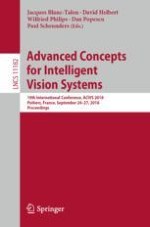2018 | OriginalPaper | Chapter
Multi-organ Segmentation of Chest CT Images in Radiation Oncology: Comparison of Standard and Dilated UNet
Authors : Umair Javaid, Damien Dasnoy, John A. Lee
Published in: Advanced Concepts for Intelligent Vision Systems
Publisher: Springer International Publishing
Activate our intelligent search to find suitable subject content or patents.
Select sections of text to find matching patents with Artificial Intelligence. powered by
Select sections of text to find additional relevant content using AI-assisted search. powered by
